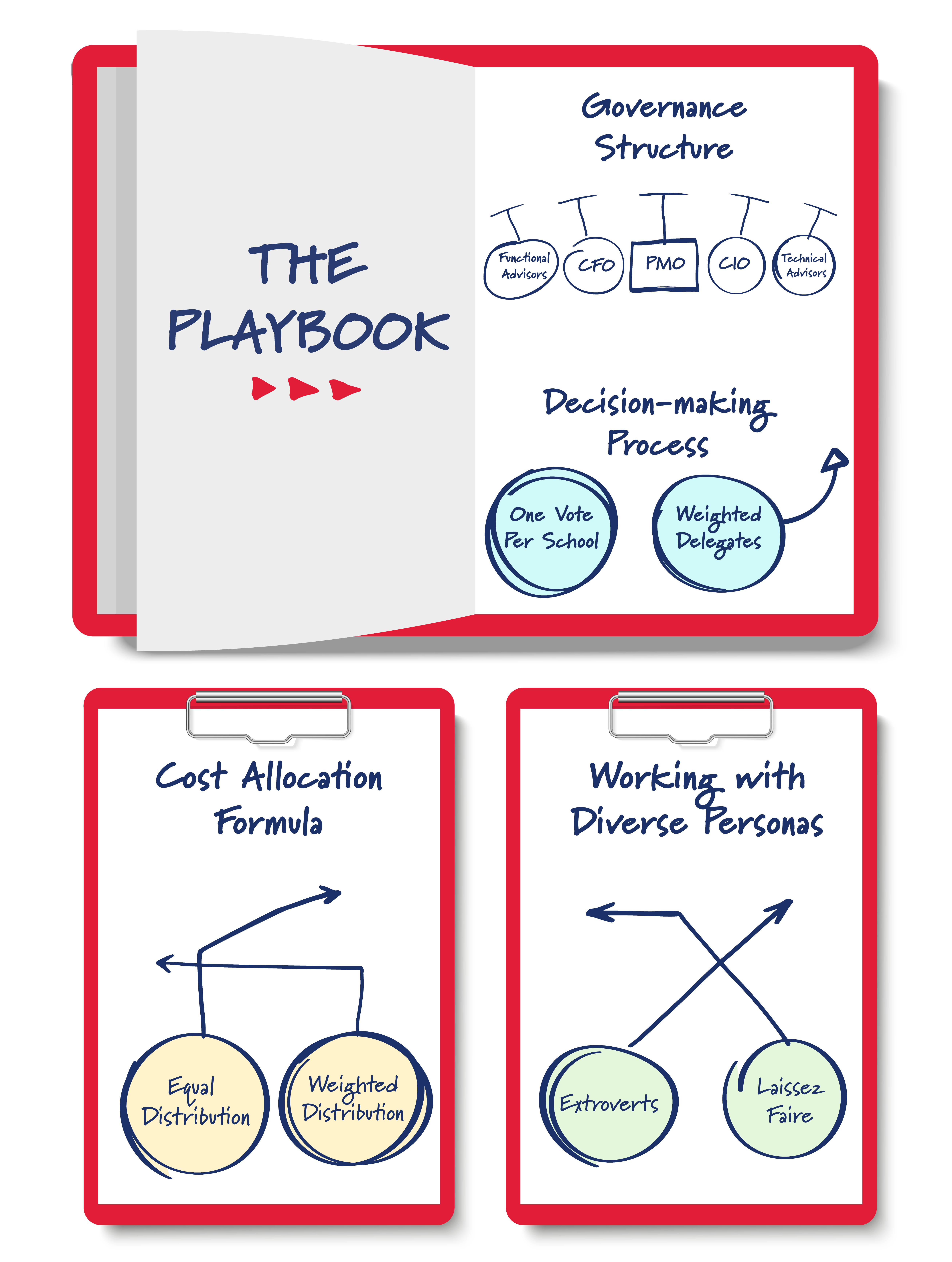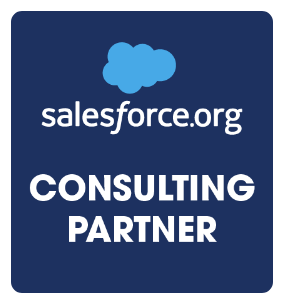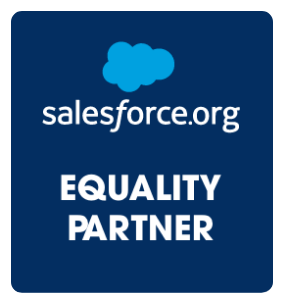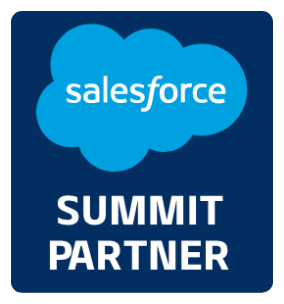
The Playbook for ERP Consortium Success: A Gridiron Allegory
Building the Franchise
What do you mean, you can’t implement an Enterprise Resource Planning (ERP) system to support multiple universities?
Yes, you can! ERP systems have been and currently are being implemented to support multiple universities throughout the country. Attain Partners has successfully completed numerous implementations like this for our clients nationwide.
Advantages of the Consortium Approach to ERP Implementations in Higher Education
1. Cost Savings
Implementing an ERP system is expensive. With a consortium approach, multiple universities can share the subscription/licensing cost if you limit the number of implemented tenants. Licensing or subscription fees are then priced by the number of implemented tenants, not the individual institution (this is discussed further in “Executing the Gameplan” below).
System integrator fees can also be shared. This provides substantial savings for the consortium over individual universities paying their own way.
2. Shared Resources
Implementing an ERP system requires many staff resources, even if a third-party integrator is involved. Functional and technical staff from the universities still need to be involved in user design and testing and technically for integrations and data conversion. This burden can be shared by all universities in the consortium where each institution can contribute staff to work on the project.
3. Long-term Sustainability
After the project is completed, the ERP system still needs to be supported. A consortium empowers shared services for technical maintenance in addition to human resource and financial management operations.
Drafting the Start Team
The first key element to a multi-university ERP system implementation is to pick a winning team. It is not essential, but preferable, for the universities to have relational ties (e.g., all institutions are members of one state system). The advantage is that within one state system, universities often share a primary funding source and have a common governance structure.
Ideally, but not essentially, the universities should also share similar demographic structures. In the best case, the universities would have similar:
- Budgeted revenues and expenditures
- Number of staff and faculty
- Number of undergraduate and postgraduate students
This helps “level the playing field” for all the participants.
Lastly, the universities having similar business management and operational models will simplify the system design, implementation, and operations. Ultimately, an ERP system that operates consistently for all consortium members will provide the largest cost savings for both the implementation as well as ongoing support.
Designing the Playbook
Just as every play relies upon a strong foundation (i.e., the interior line), the foundation for a successful consortium ERP implementation is a well-defined governance structure. Once the governance structure is determined, the cost allocation structure should be defined, and a process put in place for making decisions that benefit all universities in the consortium.

Governance Structure
The governance structure should provide a representation of varying levels of involvement for each of the universities involved in the ERP system
For example, a consortium ERP implementation might include:
- An executive committee comprised of the university’s Senior Vice Presidents for Administration and Finance (i.e., CFOs) to provide final approval for critical cross-institutional issues and budget decisions
- Chief Information Officers (CIOs) to provide directional support to the project management office
- Project Management Office (PMO) to manage the day-to-day activities of the project
- Functional advisory committees to provide input and help direct and resolve design issues for the project team
- Technical advisory committees to provide direction for technology concerns, such as integration architectures and data warehouse toolsets
Cost Allocation Structure
The second component of the project that must be defined is the cost allocation structure. Will the cost for software subscriptions/licenses and system integrator fees be divided equally among the schools or will some kind of weight factor be applied?
Weighting options to consider could include:
- Relative budgets for each university
- Number of staff and faculty
- Number of students
Decision-making Process
Finally, it’s essential to define the consortium’s approach to decision-making. Each university will have a unique “personality,” and it is important to understand that some will want to take the lead and cause others that may be content to follow. Moving forward with approaches and decisions that best represent the needs and requirements of all the universities in the consortium is imperative for a successful ERP implementation.
Decision-making considerations may include:
- One vote for each university
- Delegates based on a weighting factor (such as those listed above)
- Simple majority rules or a two-thirds majority requirement
The Coaching Staff and Executing the Game Plan
Once the consortium has formed and built the franchise, the starting team has been drafted, and the playbook is written, it is time to engage the coaching staff! The earlier work in laying a strong foundation and creating a solid team will enable your consortium to execute the game plan and win the ERP system implementation game.
Learn More
Stay tuned for part two of this series to learn how to win the game in the coming weeks!
Can’t wait? Contact us today to learn how our expert team can help build your consortium and lead you through a winning ERP system implementation. Learn more about our Enterprise Business Solutions here.
About the Author

Mark Meyers brings over 40 years of experience, specializing in ERP and transformational change initiatives. Mark has provided leadership to the implementation of the ERP systems for The Ohio State University, University of Michigan, Vanderbilt University, University of Maryland Global Campus, University of Maryland System Consortium, as well as Memorial Sloan Kettering Cancer Center. Mark holds a Bachelor of Science degree with a double major in Computer Information Science and Accounting from The Ohio State University.

Be the First to Know
Subscribe to our monthly Pulse newsletter
to be the first to hear about new blog posts










